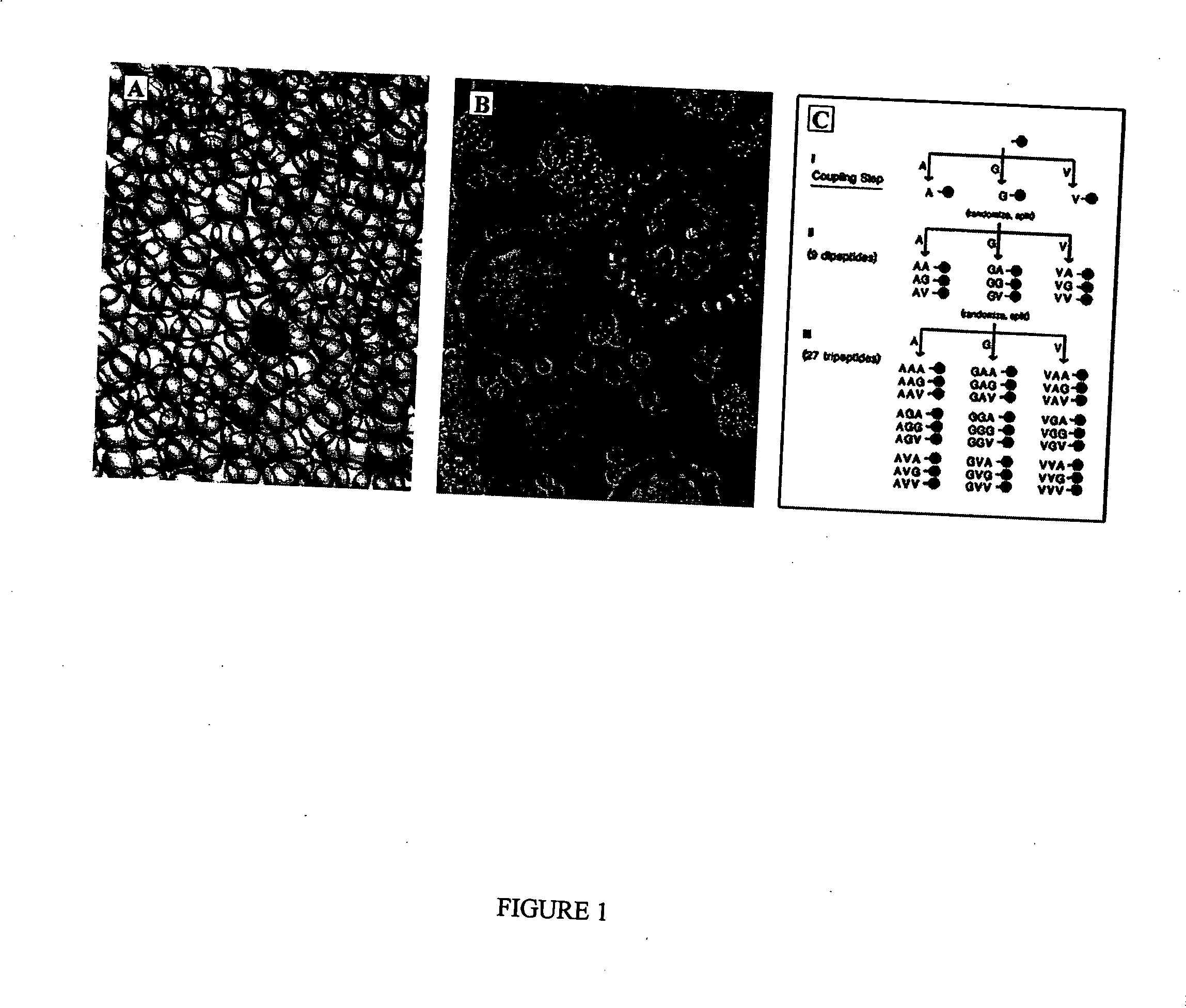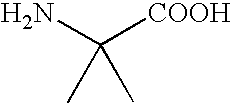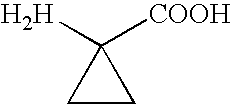Peptide inhibitors of HIV
a technology of peptide inhibitors and hiv, applied in the field of peptides, can solve the problems of increasing cd4 cell counts, affecting the effect of cytokine activity,
- Summary
- Abstract
- Description
- Claims
- Application Information
AI Technical Summary
Benefits of technology
Problems solved by technology
Method used
Image
Examples
example 1
Screening to Identify Peptides That Bind to ogp140
[0115] This example demonstrates the success of using a one-bead-one-compound combinatorial peptide library to identify peptides that bind to HIV envelope proteins and inhibit HIV activity. Preliminary screening studies were performed with biotinylated-ogp140 on a library of L-amino acid cyclic peptides to optimize conditions before the screening using more expensive D-amino acid and unnatural amino acid peptide libraries. Ogp140 derived from the HIV-1 SF162 strain and gp120 subunit, for use as a control in differentiating anti-envelope inhibitors that bind to either gp120 or gp41, was generously provided by Dr. Indresh Srivastava of Chiron Corporation. The peptide library had the following general chemical structure: cXXXXXXc, wherein c=D-cysteine, X=all L-amino acids except Cys. The optimal concentrations of glycoproteins for our screening assays were determined to be 0.25-1.25 μg / ml for ogp140 and 1-5 μg / ml for gp120. In order to...
example 2
Optimization by Alanine Walk
[0119] This example demonstrates the optimization of a lead peptide identified by screening a combinatorial peptide library. An “alanine walk” experiment was conducted with our lead peptide mpsyψwir (#16, Table 1). In this experiment peptides were synthesized with replacement of each position, one at a time, with D-Ala. In addition the L-Pro was replaced with D-Pro (#10) or with L-Ala (#5). These peptides were analyzed for antiviral activity against HIV-1 NL4-3 strain. Results are shown in Table 2.
TABLE 2Alanine Walk with mpsyPwir (peptide #16)Peptide #PeptideEC50 (μM)1apsyPwir>1002masyPwir>1003mpayPwir144mpsaPwir805mpsyAwir>1006mpsyawir>1007mpsyPair518mpsyPwar119mpsyPwia3210mpsypwir1516mpsyPwir8
[0120] These results demonstrate that D-Met in position 1, D-Pro in position 2 and L-Pro in position 5 are crucial for antiviral activity. Replacement of any of these residues with D-Ala led to a complete loss of activity. D-Tyr at position 4 and D-Trp at posit...
example 3
Optimization of Lead Compound: mpsyψwir
[0121] This example demonstrates the identification of a common motif in peptides selected from a secondary library that was screened for binding to ogp140 under higher stringency. Based on these results of the alanine walk, the following libraries for binding to ogp140 were synthesized and screened:
mpxxψxxx(8-mer)xmpxxψxxx(9-mer)xxmpxxψxxx(10-mer)xxxmpxxψxxx(11-mer)
where x=33 different D- and unnatural amino acids and ψ=amino acids that promote turns (e.g. L-Pro, D-pro, L-Hyp, D-Hyp, L-Hyp(Bzl), D-Hyp(Bzl) and β-turn mimetics). The bolded amino acids, D-methionine and D-proline, are fixed.
[0122] These secondary libraries were screened with ogp140 under higher stringency (lower protein concentrations of both ogp140 and streptavidin-alkaline phosphatase (ST-AP)). The concentrations of ogp140 used in this screen were 0.06 mg / mL and 0.3 mg / mL. These concentrations are 4-fold lower than those used in the original screen (0.25 mg / mL and 1.25 mg...
PUM
| Property | Measurement | Unit |
|---|---|---|
| concentrations | aaaaa | aaaaa |
| concentrations | aaaaa | aaaaa |
| concentrations | aaaaa | aaaaa |
Abstract
Description
Claims
Application Information
 Login to view more
Login to view more - R&D Engineer
- R&D Manager
- IP Professional
- Industry Leading Data Capabilities
- Powerful AI technology
- Patent DNA Extraction
Browse by: Latest US Patents, China's latest patents, Technical Efficacy Thesaurus, Application Domain, Technology Topic.
© 2024 PatSnap. All rights reserved.Legal|Privacy policy|Modern Slavery Act Transparency Statement|Sitemap



